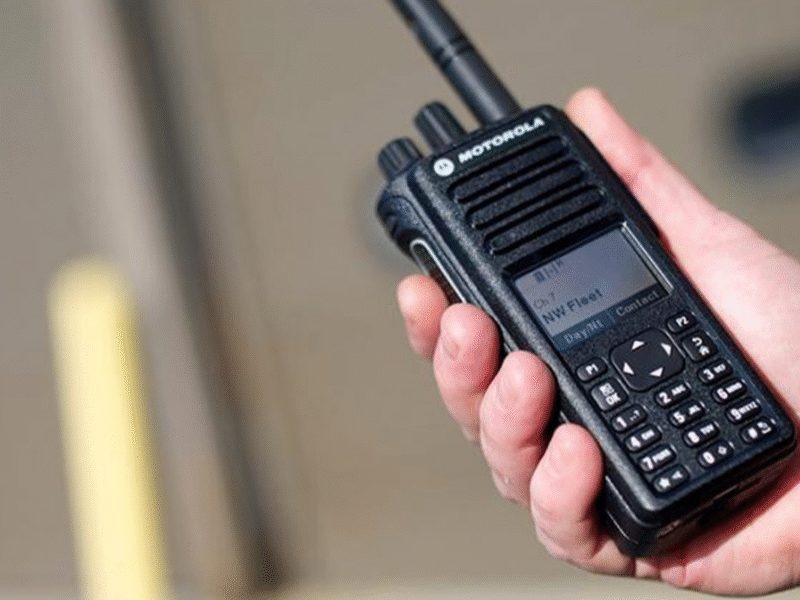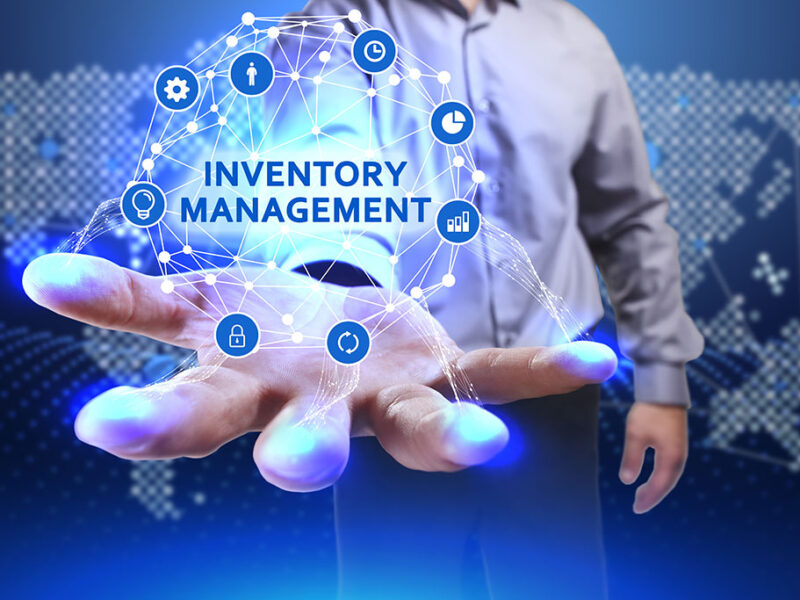As industries race to enhance user engagement and interface design, OLED displays emerge as a transformative solution. Organic Light-Emitting Diode (OLED) technology allows displays to be thinner, more energy-efficient, and visually stunning compared to conventional LCD screens. With advanced capabilities such as transparency and flexibility, OLEDs are redefining how digital information is presented across retail, automotive, aerospace, and other sectors.
More than just a high-resolution panel, custom OLED displays allow designers and engineers to think beyond the traditional screen. The ability to shape, scale, and integrate OLED display modules into innovative applications has expanded significantly, making them the visual platform of the future.
Transparency and Flexibility Features
Unlike traditional displays, transparent OLED displays can show content while allowing light and objects behind the panel to remain visible. This creates a unique viewing experience, combining digital interactivity with real-world surroundings. The transparency is achieved because OLEDs are self-emissive, meaning each pixel generates its own light without needing a backlight, as in LCDs.
This capability opens up possibilities for:
- Augmented interfaces that overlay data on physical environments
- Dual-purpose glass panels that function as both windows and information displays
- Space-saving designs in compact or mobile applications
In addition, OLED panels can be manufactured on flexible substrates, allowing displays to curve or bend without affecting performance. This flexibility suits creative form factors in dashboards, wearables, and architectural displays.
Visual Impact in Public Displays and Instrumentation
For environments that demand visual appeal and high engagement, They offer:
- Infinite contrast ratios thanks to true blacks and self-lit pixels
- Ultra-thin profiles for sleek and modern installations
- High refresh rates for smooth animation and video content
These advantages make OLEDs perfect for high-end public installations, interactive signage, and instrumentation panels where precision and visual quality matter. Transparent OLED displays can be installed in shop windows, museum exhibits, or executive control centers, displaying content without obstructing sightlines or design flow.
In sectors like aerospace and transportation, OLEDs are used for compact cockpit displays, HUDs (Heads-Up Displays), and passenger information systems, offering brilliant visuals with a minimal footprint.
Energy Efficiency and Contrast
Power efficiency is another core benefit of OLED display modules. Since pixels emit light individually, darker content consumes less power. This contrasts with traditional displays, which rely on constant backlighting.
Benefits include:
- Extended battery life in portable and embedded systems
- Lower heat generation for thermal management in enclosed devices
- Selective pixel activation for reduced energy use during standby or low-use states
Additionally, OLEDs provide unmatched contrast. With the ability to completely switch off individual pixels, they produce true black backgrounds, which enhances text readability and image sharpness, which is critical in medical or industrial applications where precision is vital.
Customization for Size, Interface, and Brightness
A key reason custom OLED displays are gaining traction is their adaptability. OEMs can specify exact configurations to meet specific product needs, including:
- Screen size and aspect ratio
- Pixel density and resolution
- Brightness levels for indoor or outdoor readability
- Touch integration for capacitive or gesture-based interaction
- Interface compatibility including HDMI, USB, MIPI, and LVDS
- Color tuning for branding or application-specific visual balance
OLED solutions are built to fit seamlessly into complex systems, whether embedded into consumer electronics, integrated into rugged military dashboards, or showcased in luxury retail fixtures.
Explore custom OLED display options tailored to your engineering and design requirements.
Emerging Use Cases in Retail and Automotive
Transparent OLED displays create immersive retail environments that blur the lines between digital and physical spaces. Retailers are leveraging OLEDs for:
- Interactive product showcases that display pricing, inventory, or marketing over physical items
- Smart glass storefronts that attract attention without blocking visibility
- In-store displays that shift dynamically based on customer interaction or movement
In automotive, OLEDs drive the next wave of dashboard and infotainment systems. Their flexibility and thinness make them ideal for:
- Curved digital dashboards that follow the shape of the vehicle interior
- Side mirror replacements that display real-time camera feeds
- Heads-up displays on windshields, combining transparency with navigation or status indicators
These applications enhance the user experience and support safer, more intuitive interaction with technology in motion.
Bold, Innovative Visuals for Tomorrow’s Devices
The future of interface design lies in versatility, and OLED displays deliver exactly that. OLED technology allows product developers to innovate beyond traditional screen limitations through transparency, flexibility, or precise color rendering. With reduced power consumption, superior contrast, and endless customization possibilities, OLEDs are redefining what’s possible across commercial, industrial, and public sectors.
From OLED display modules embedded in control panels to transparent OLED displays that enhance spatial design, these displays transform how humans engage with data and devices. Supports product developers and system integrators with tailored OLED solutions built for performance, integration, and reliability.
Explore the possibilities of custom-engineered OLED technology — where bold ideas meet brilliant displays.



